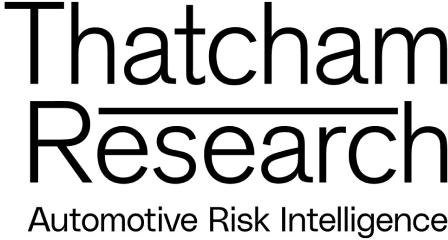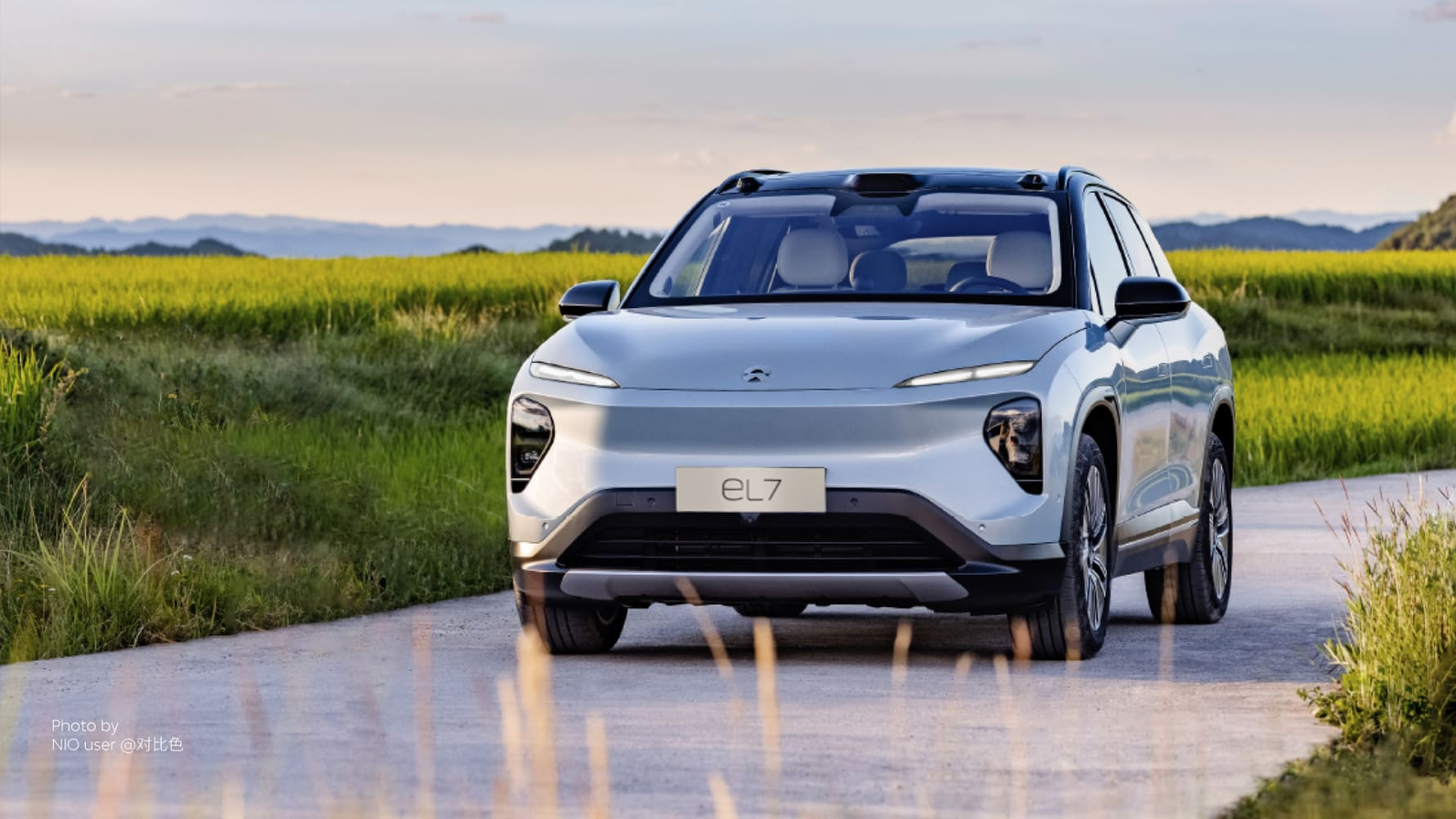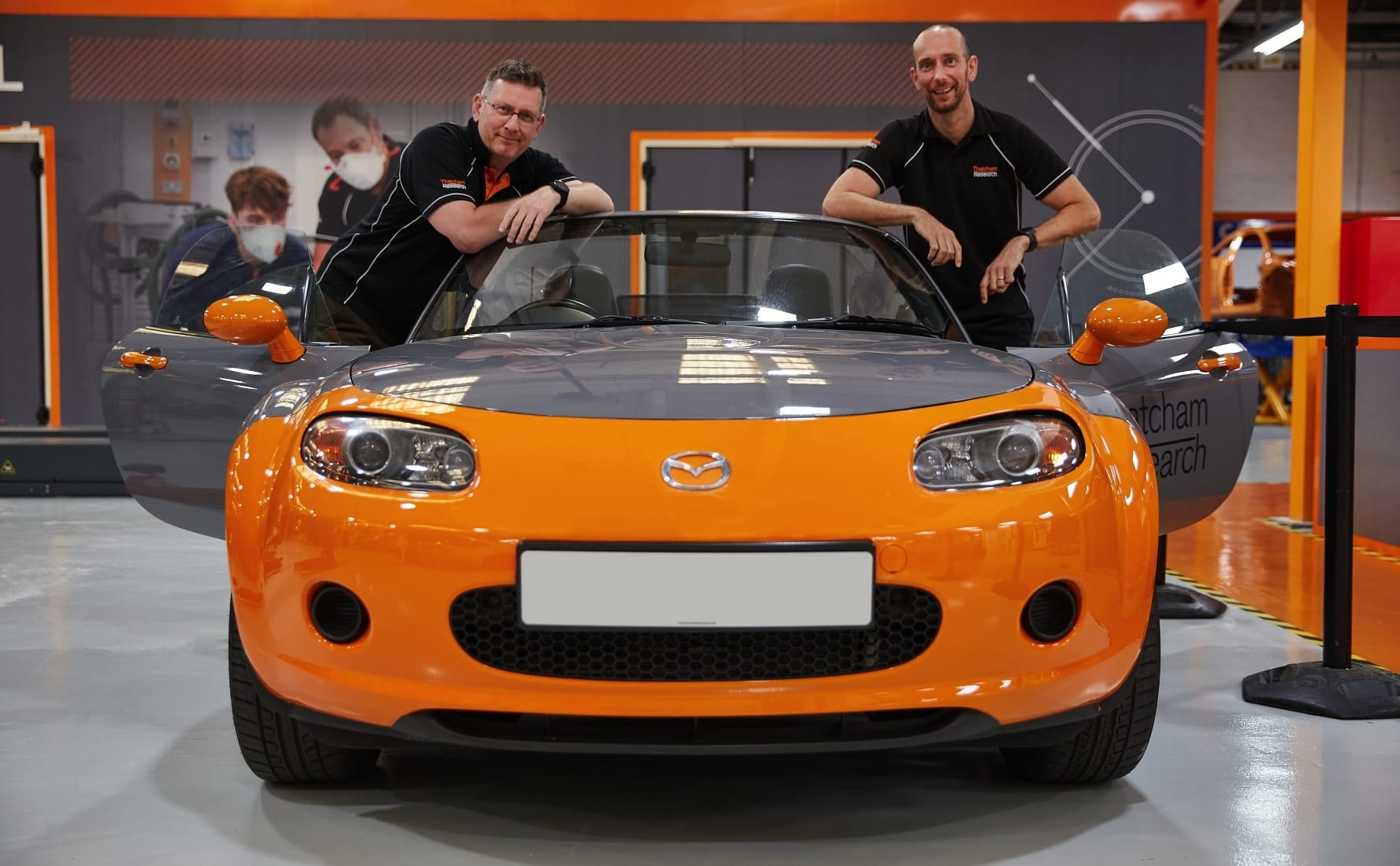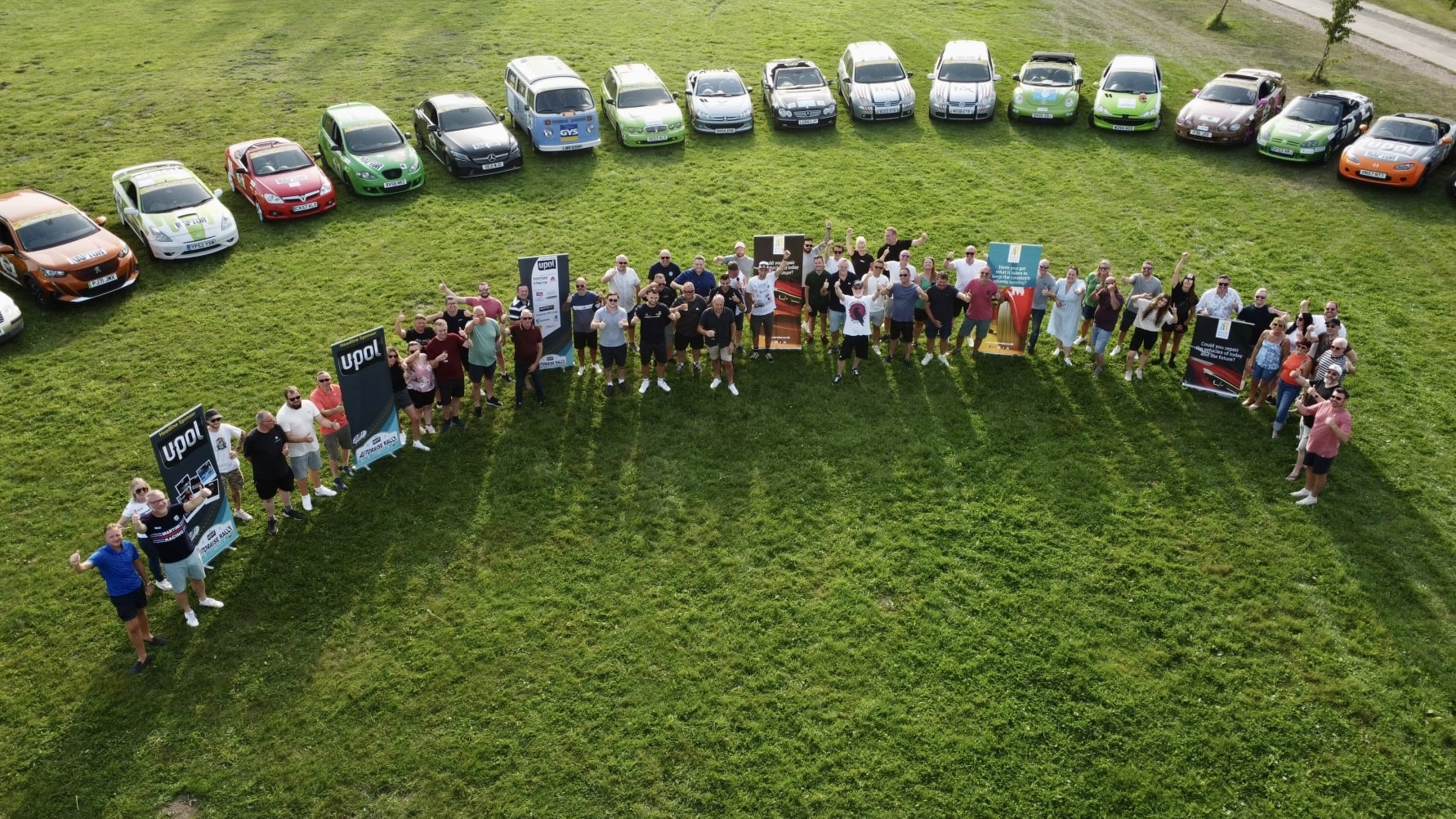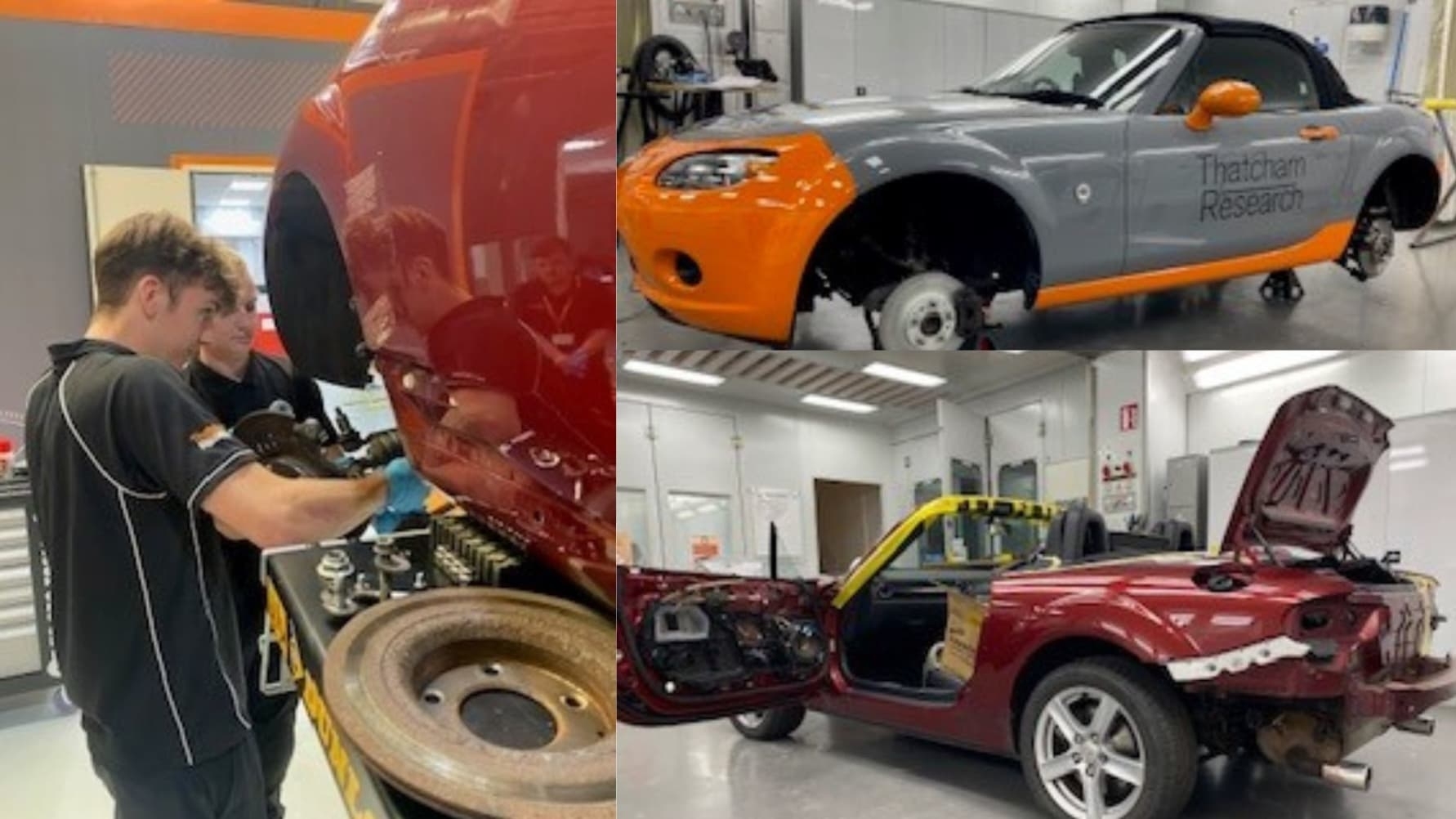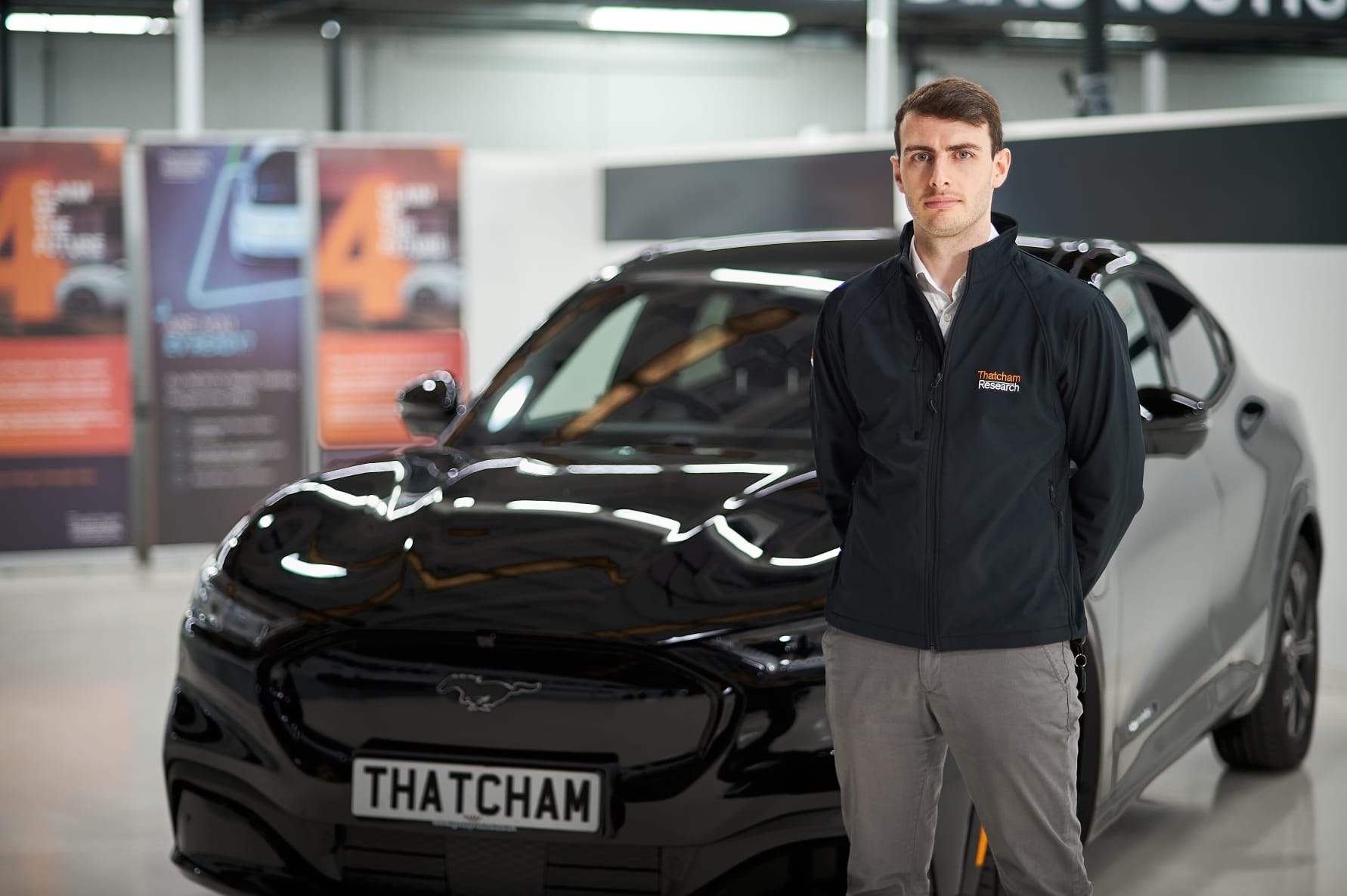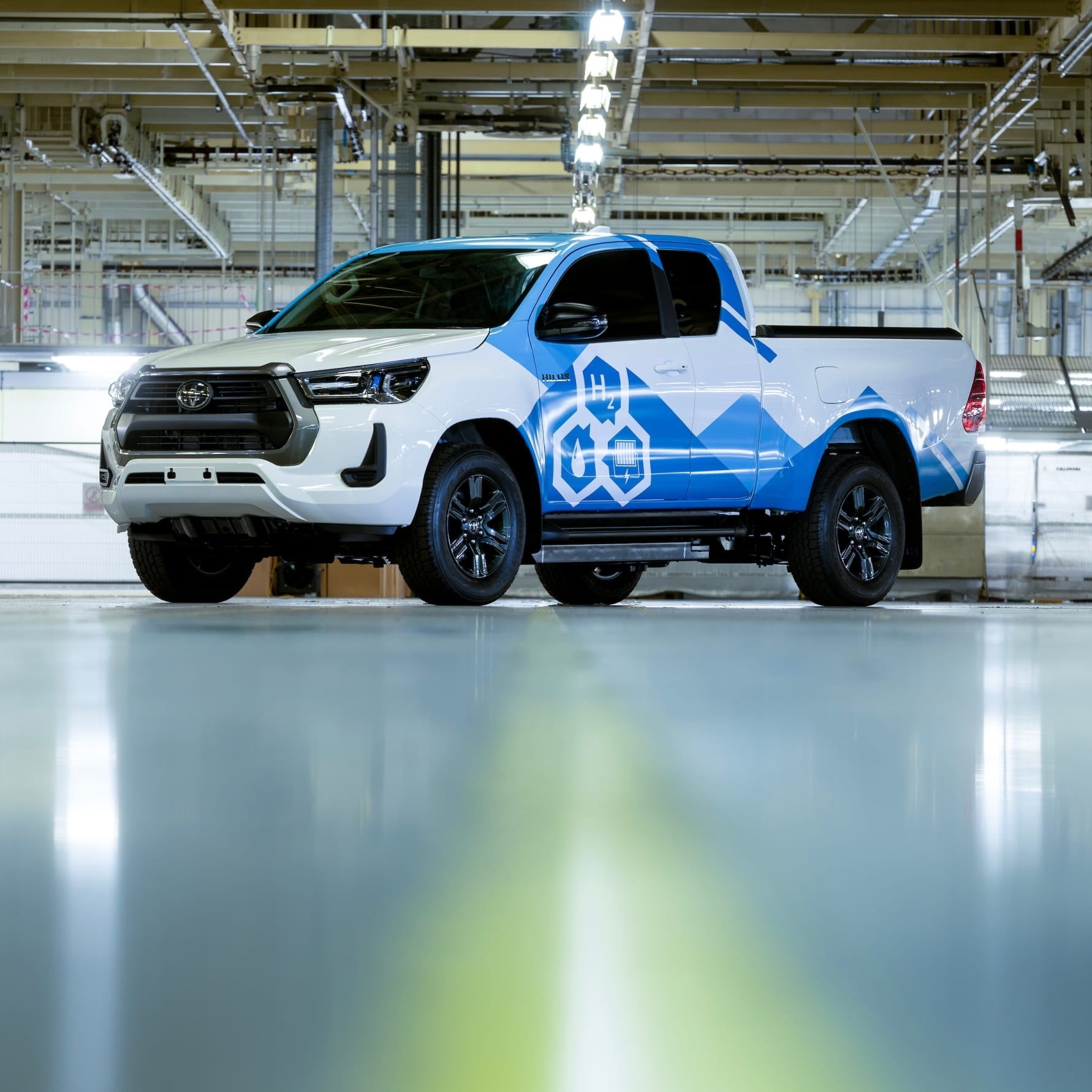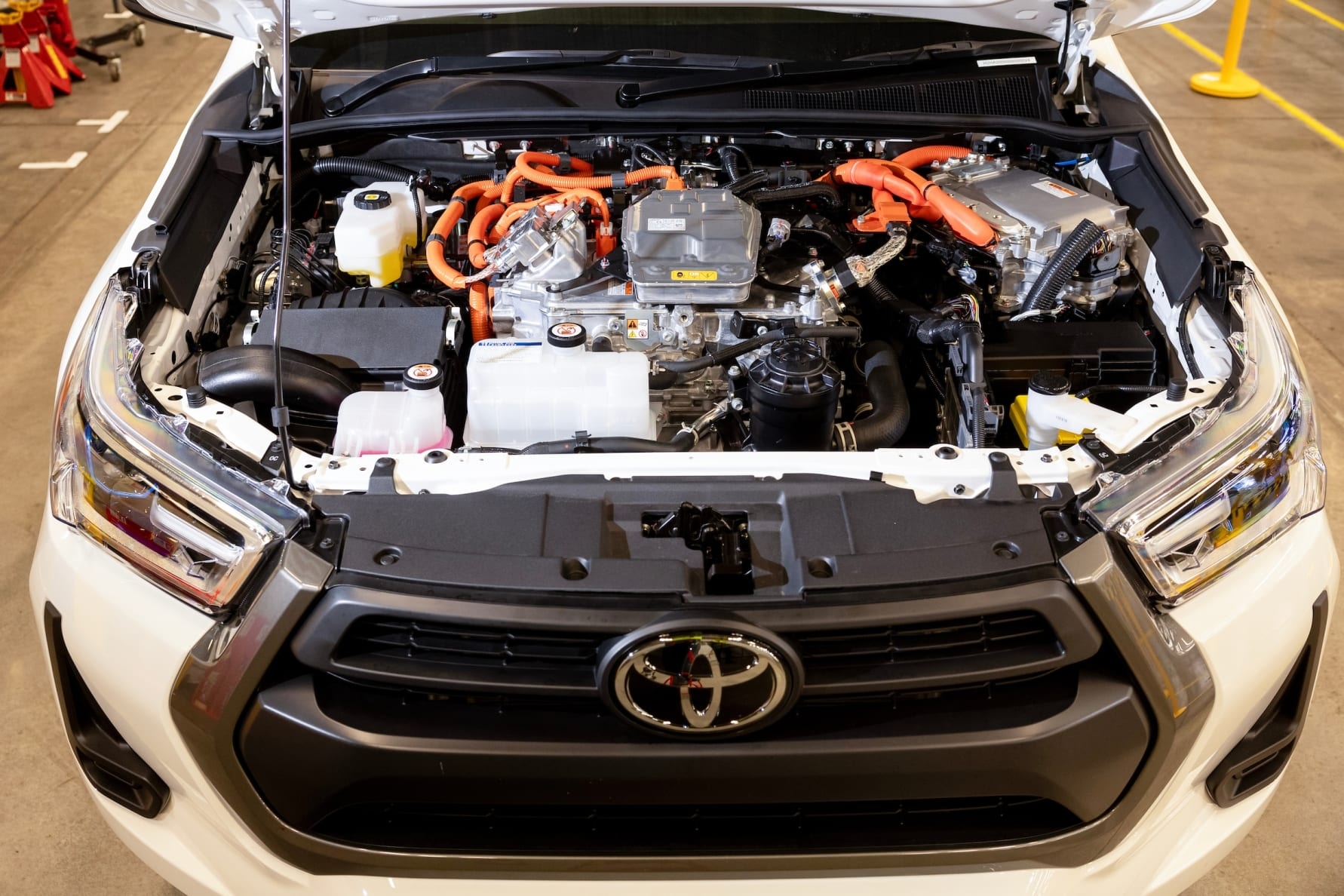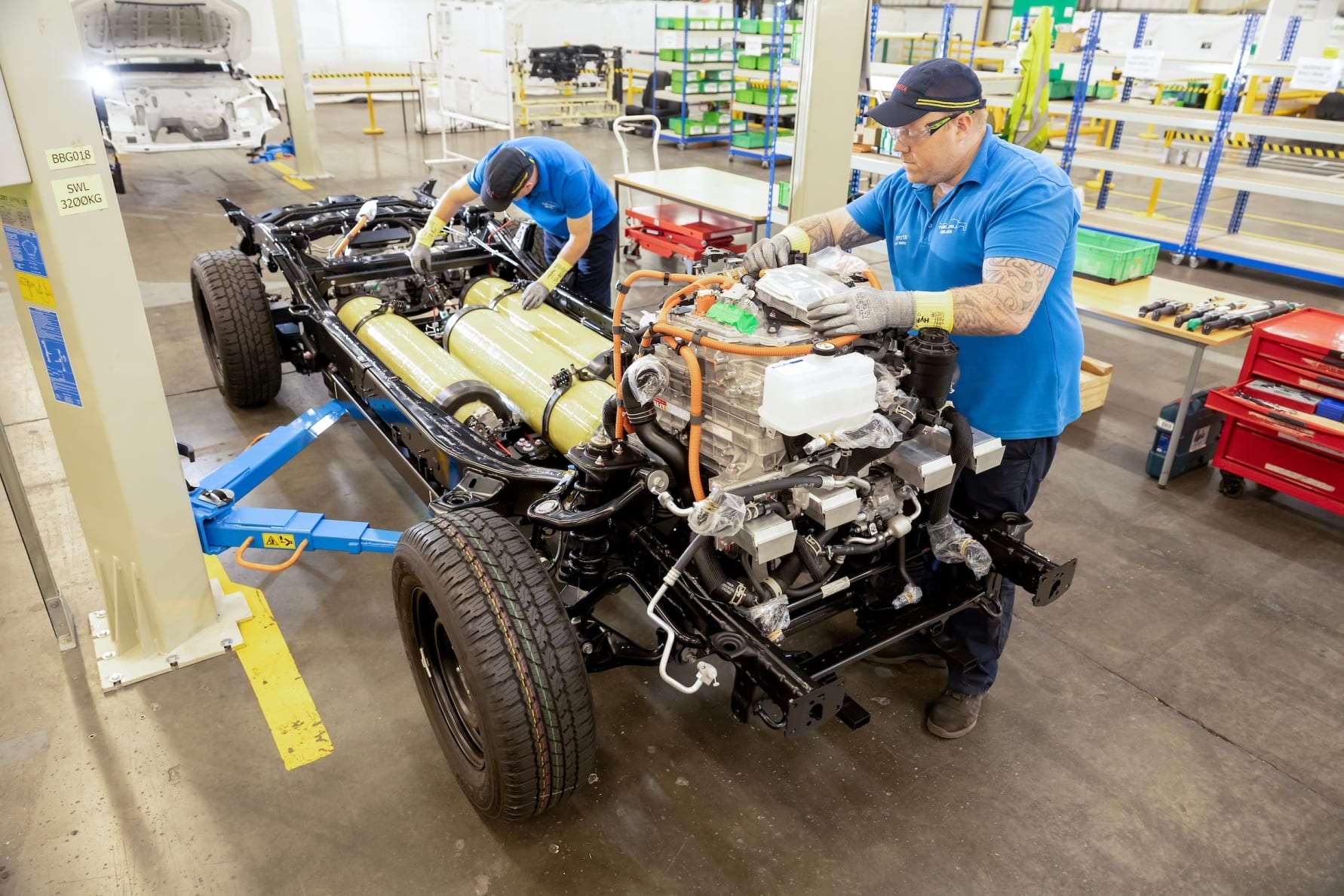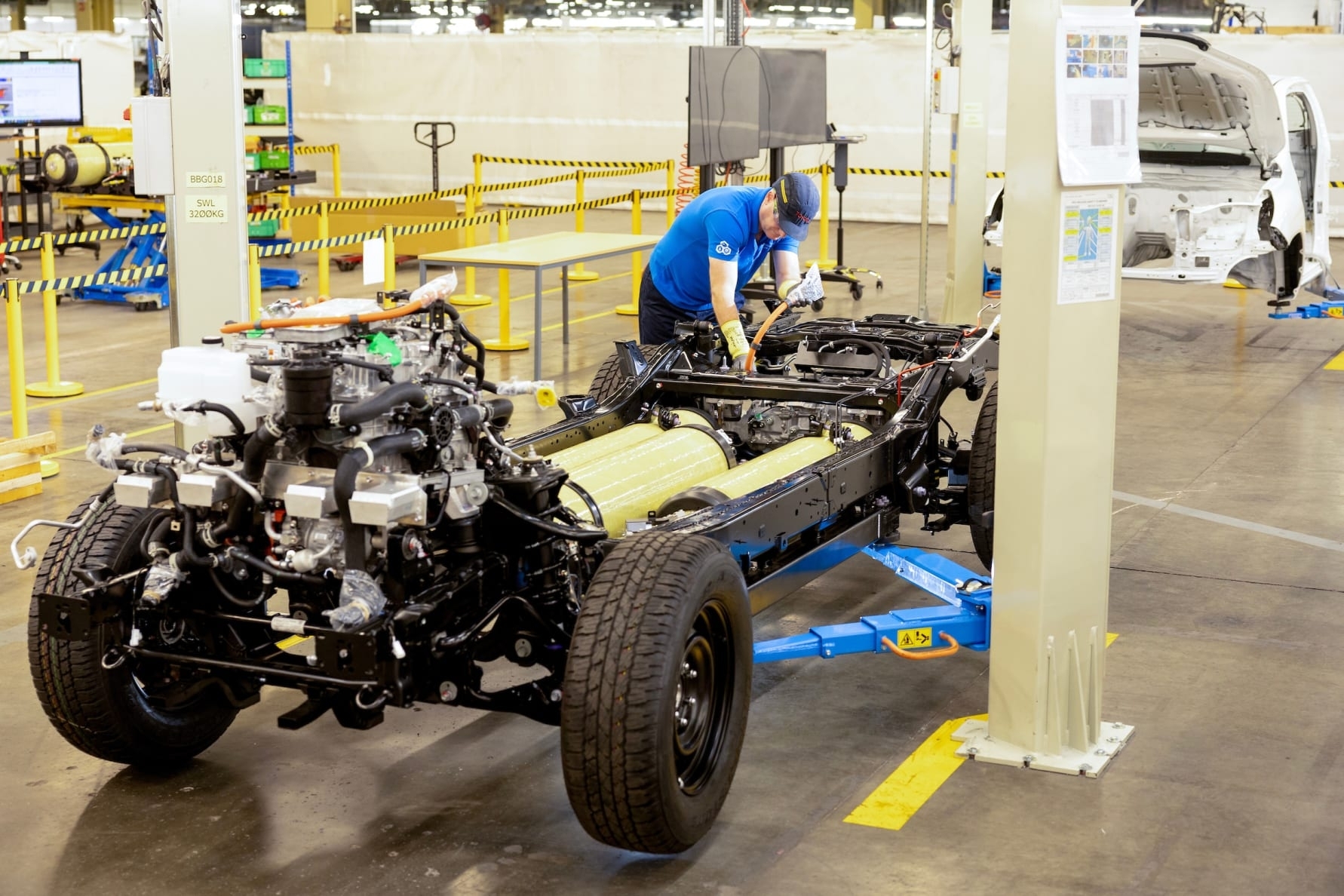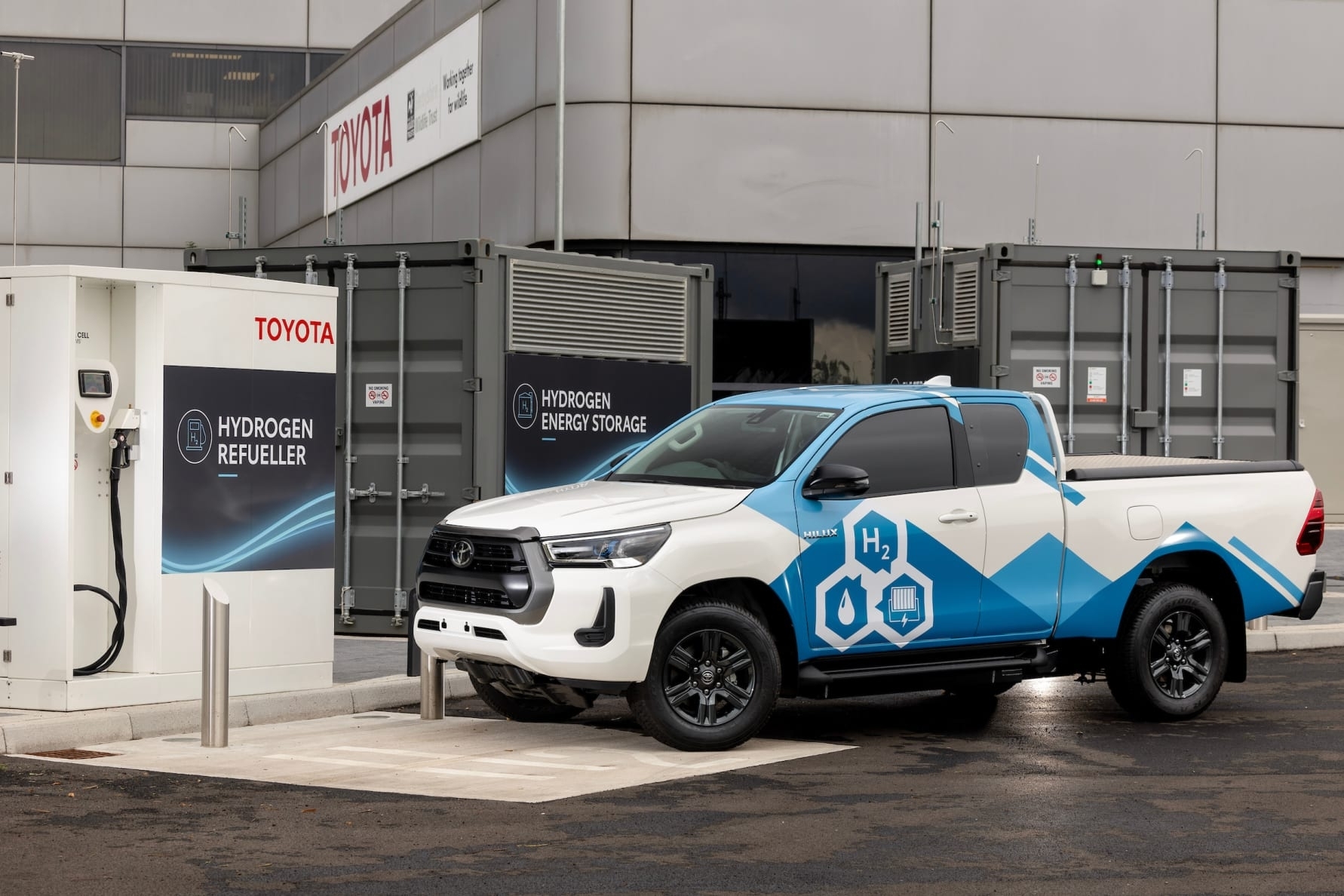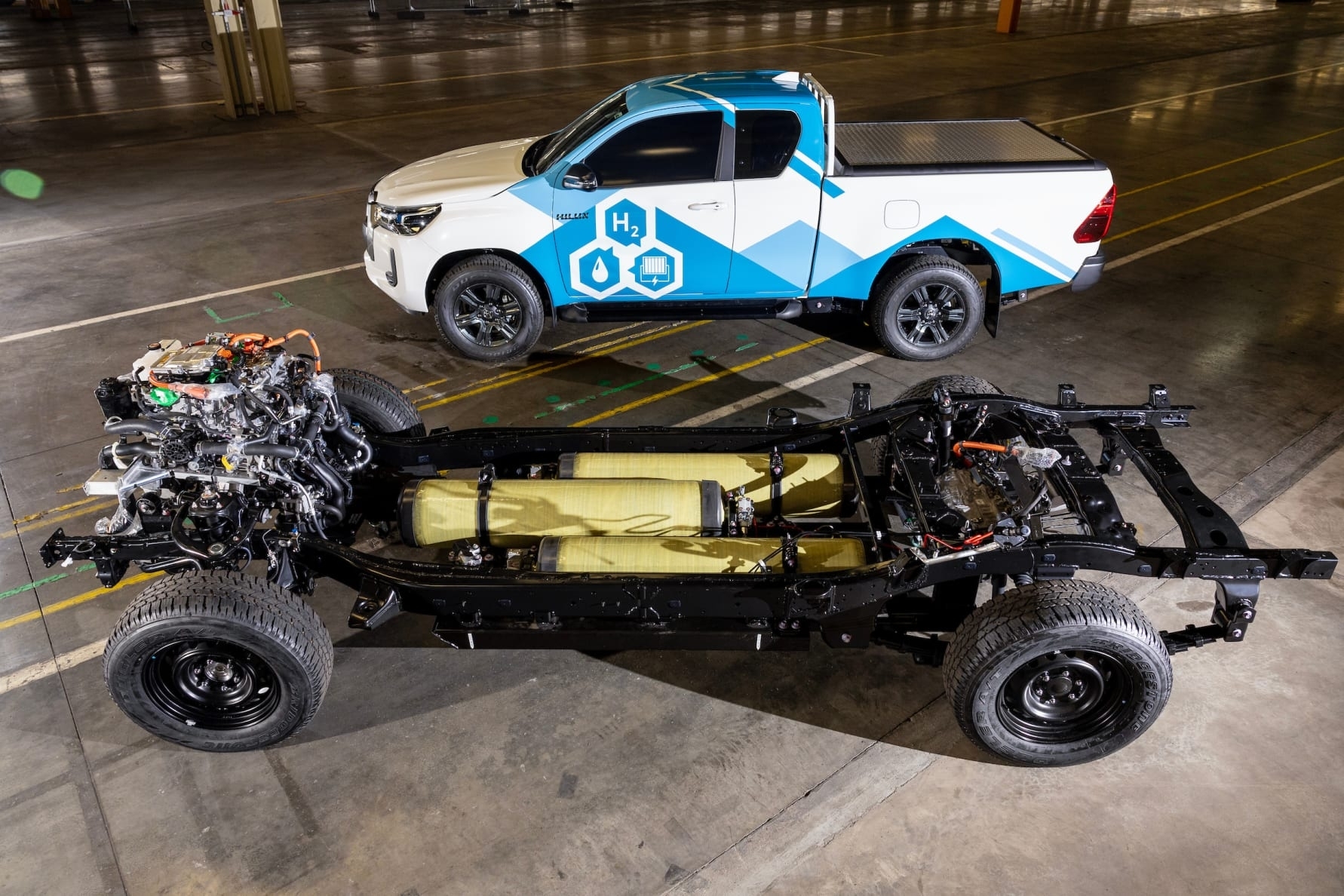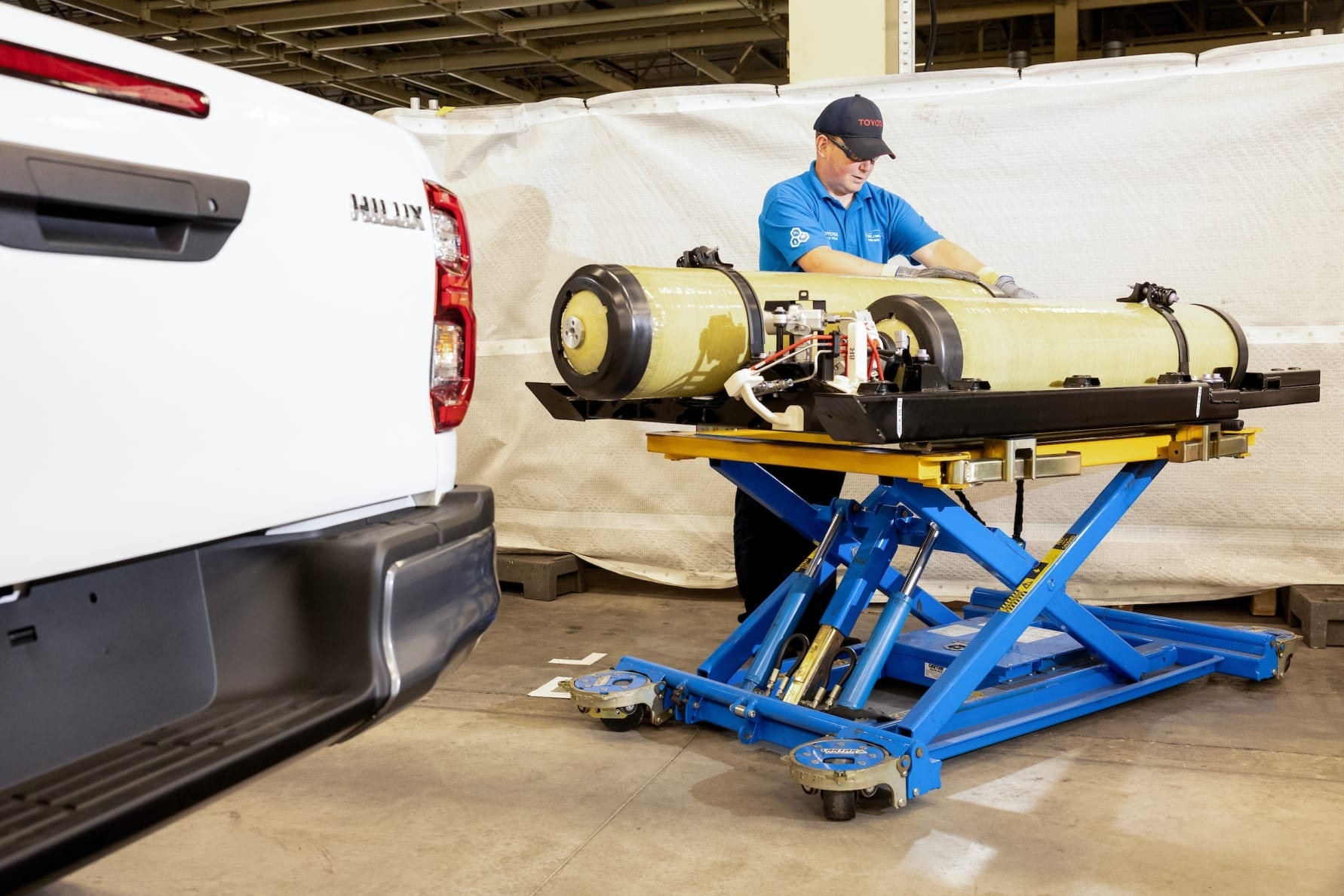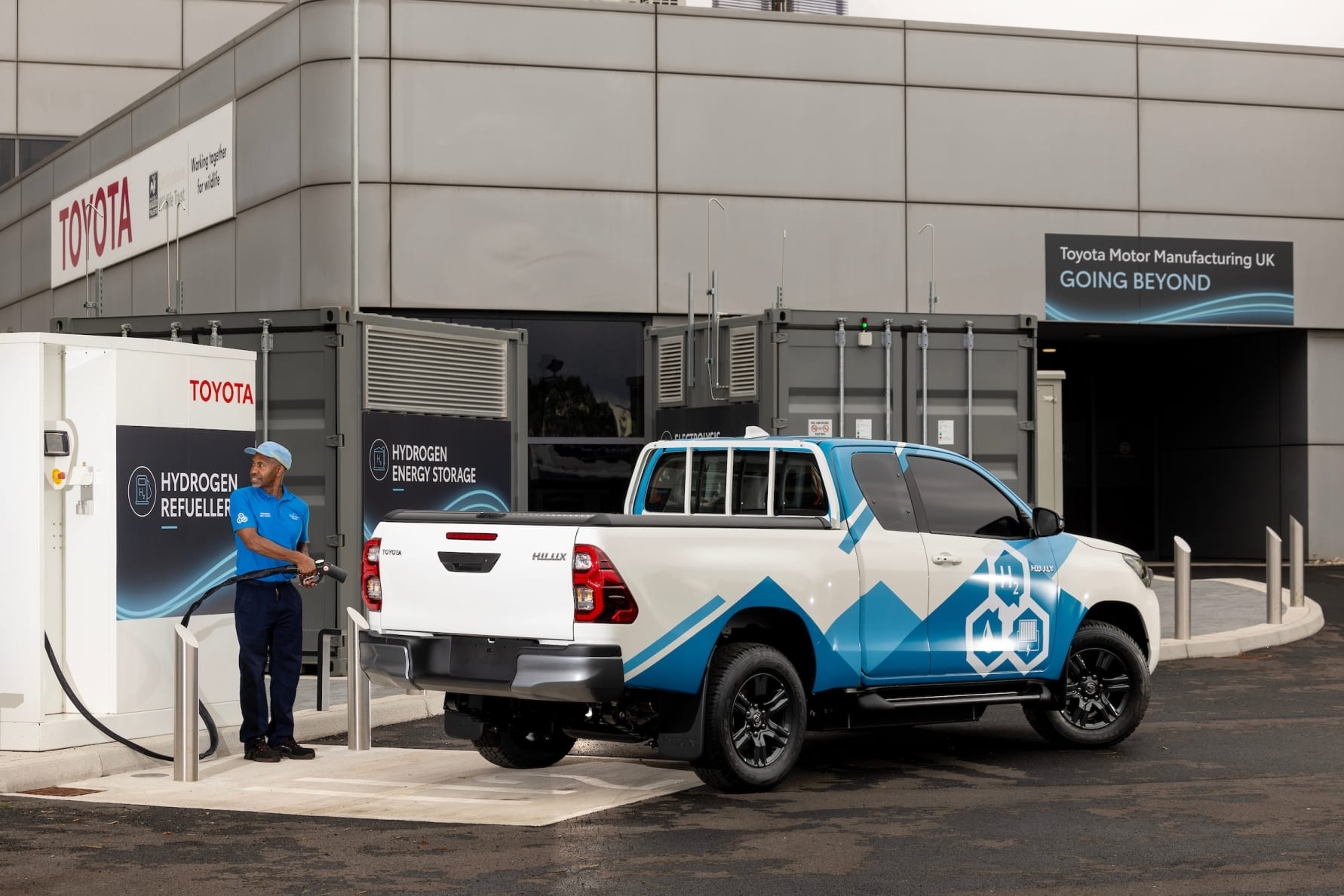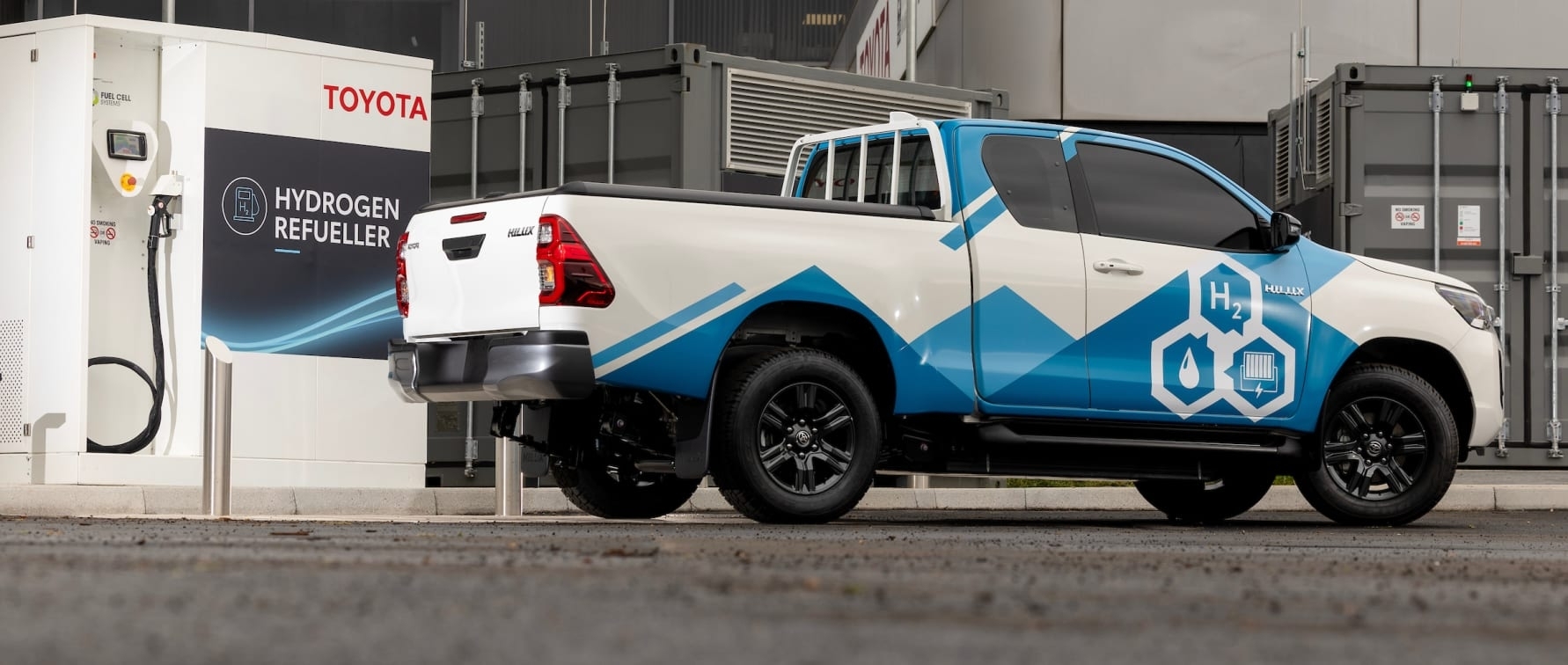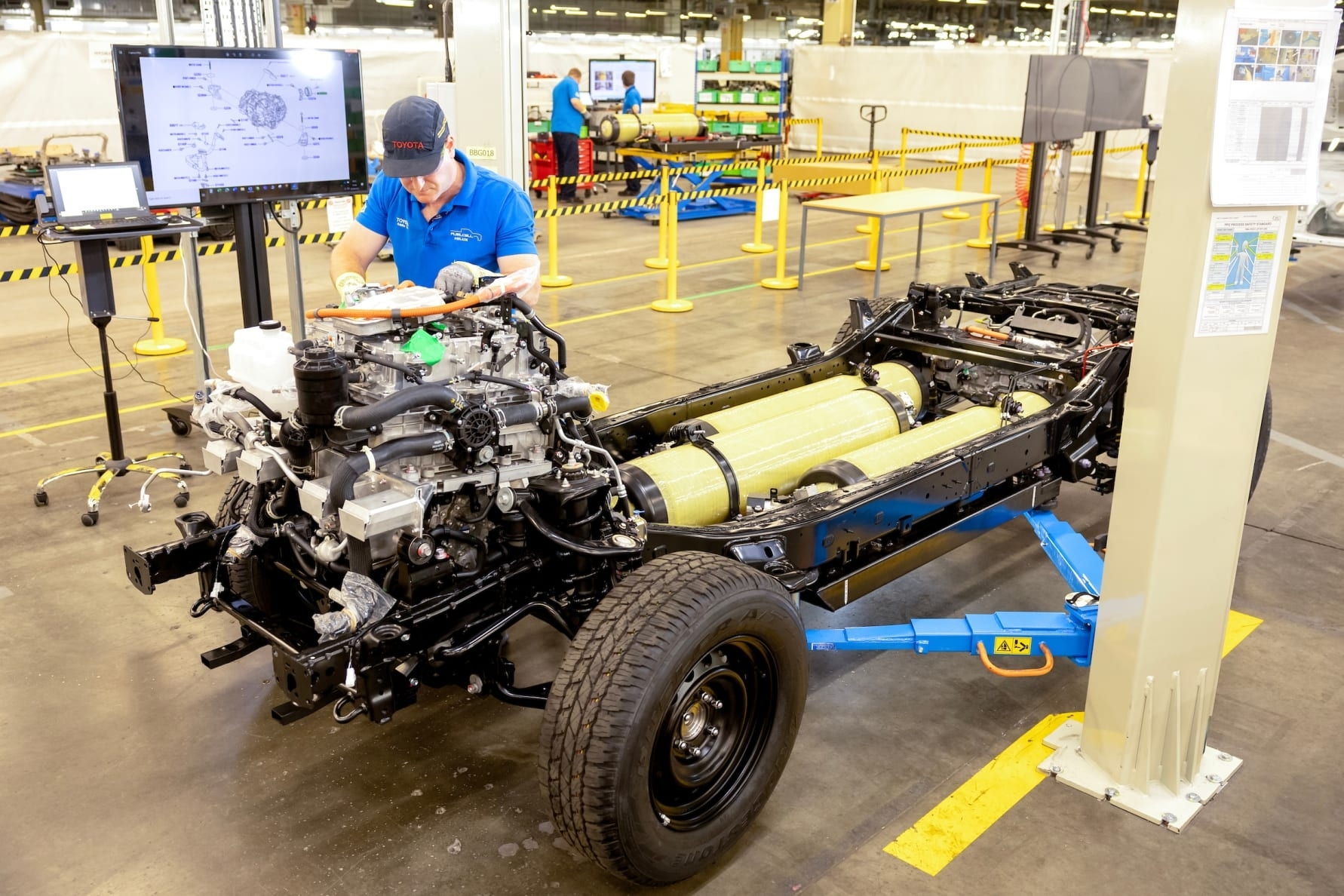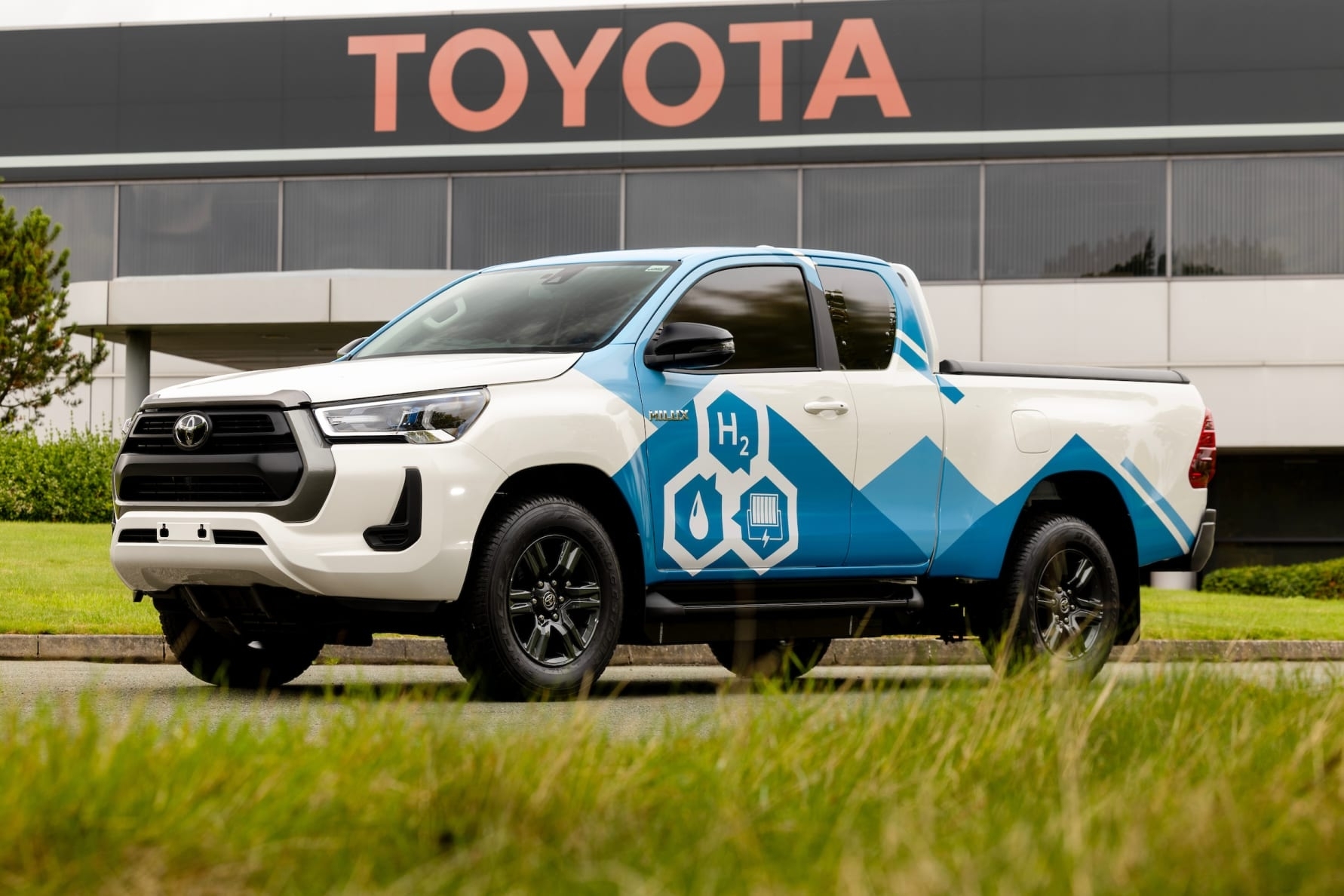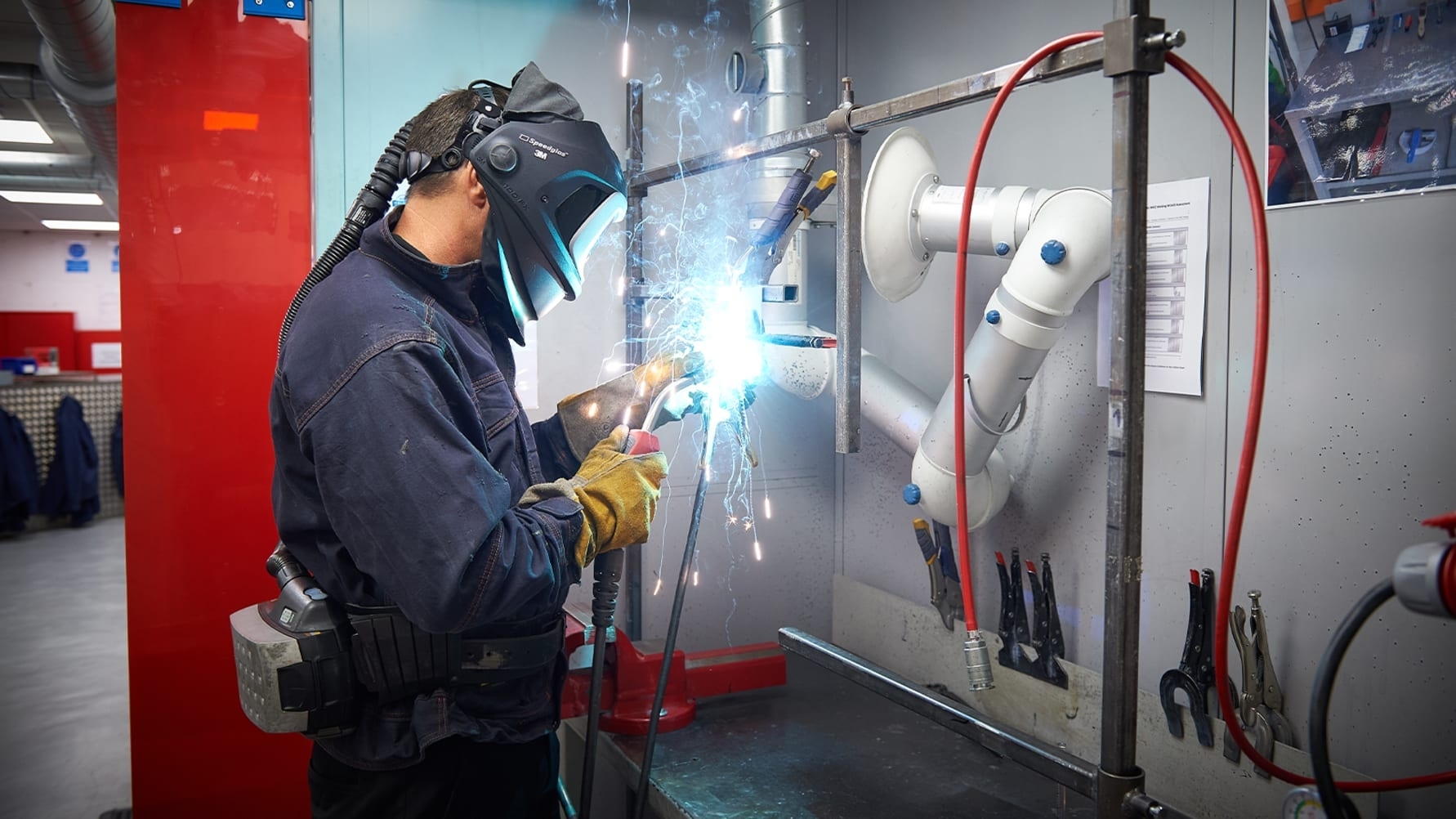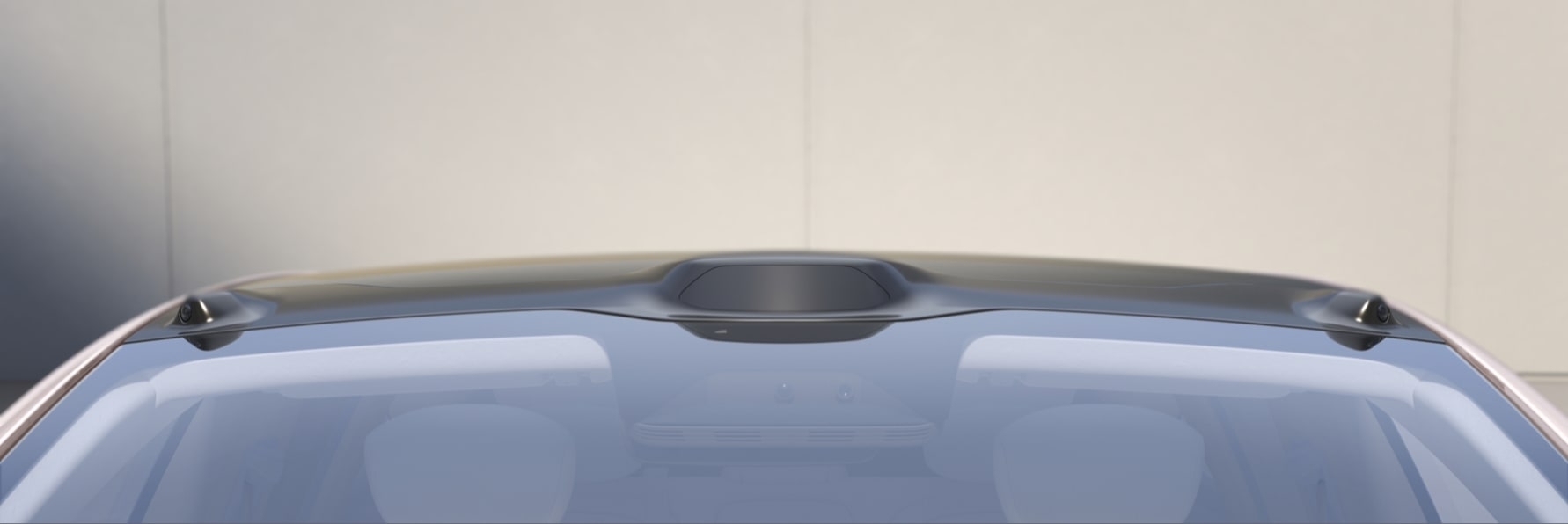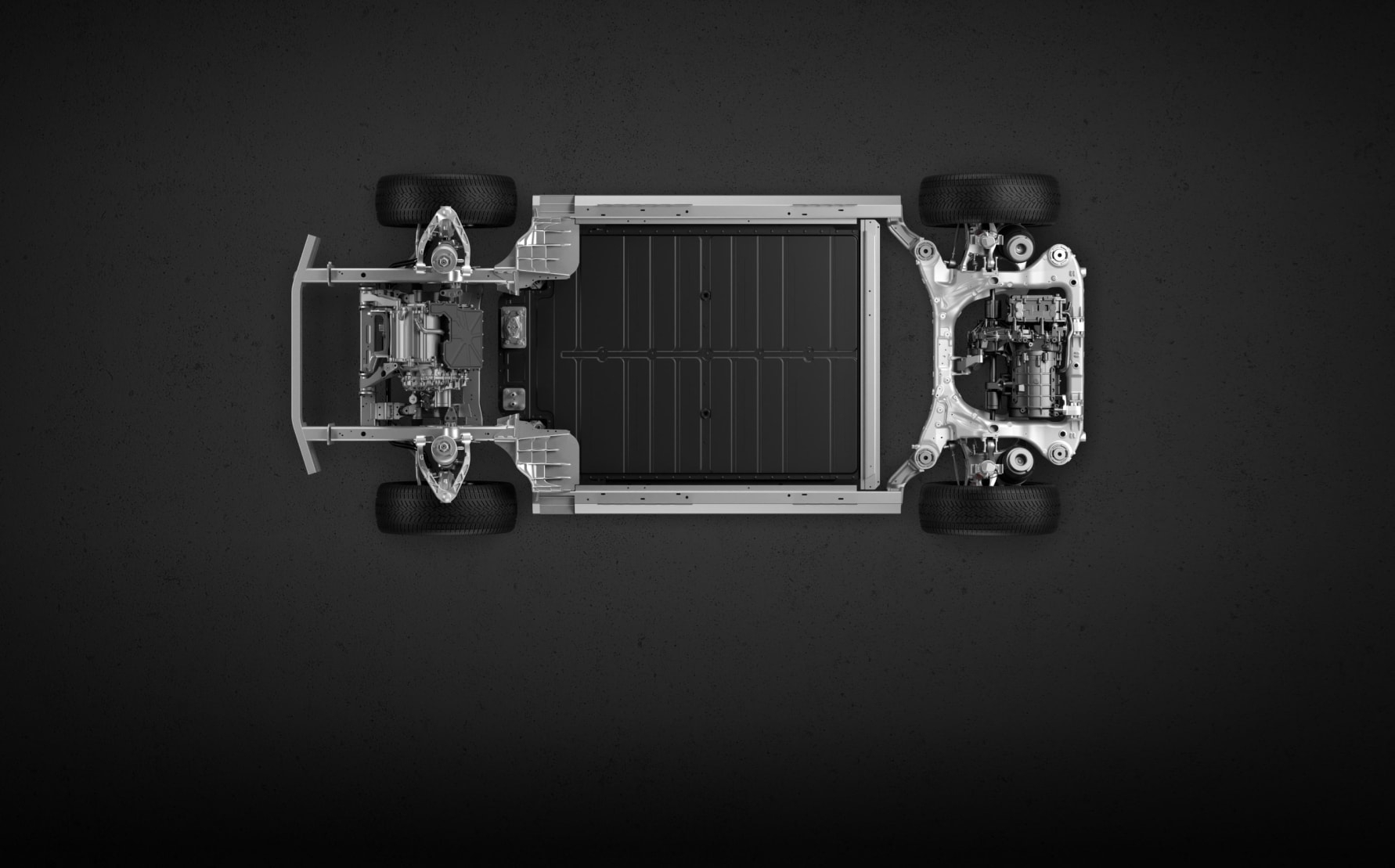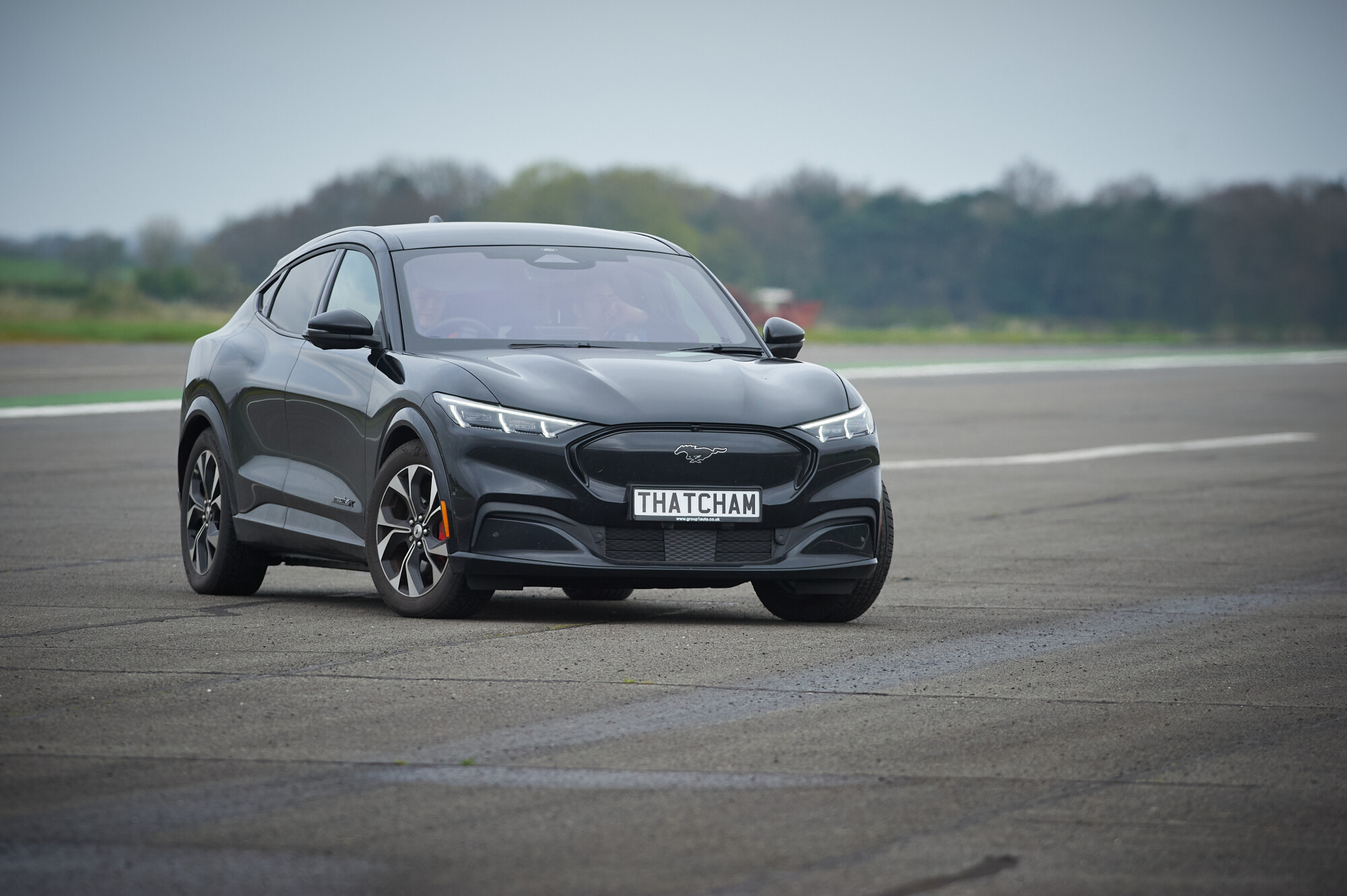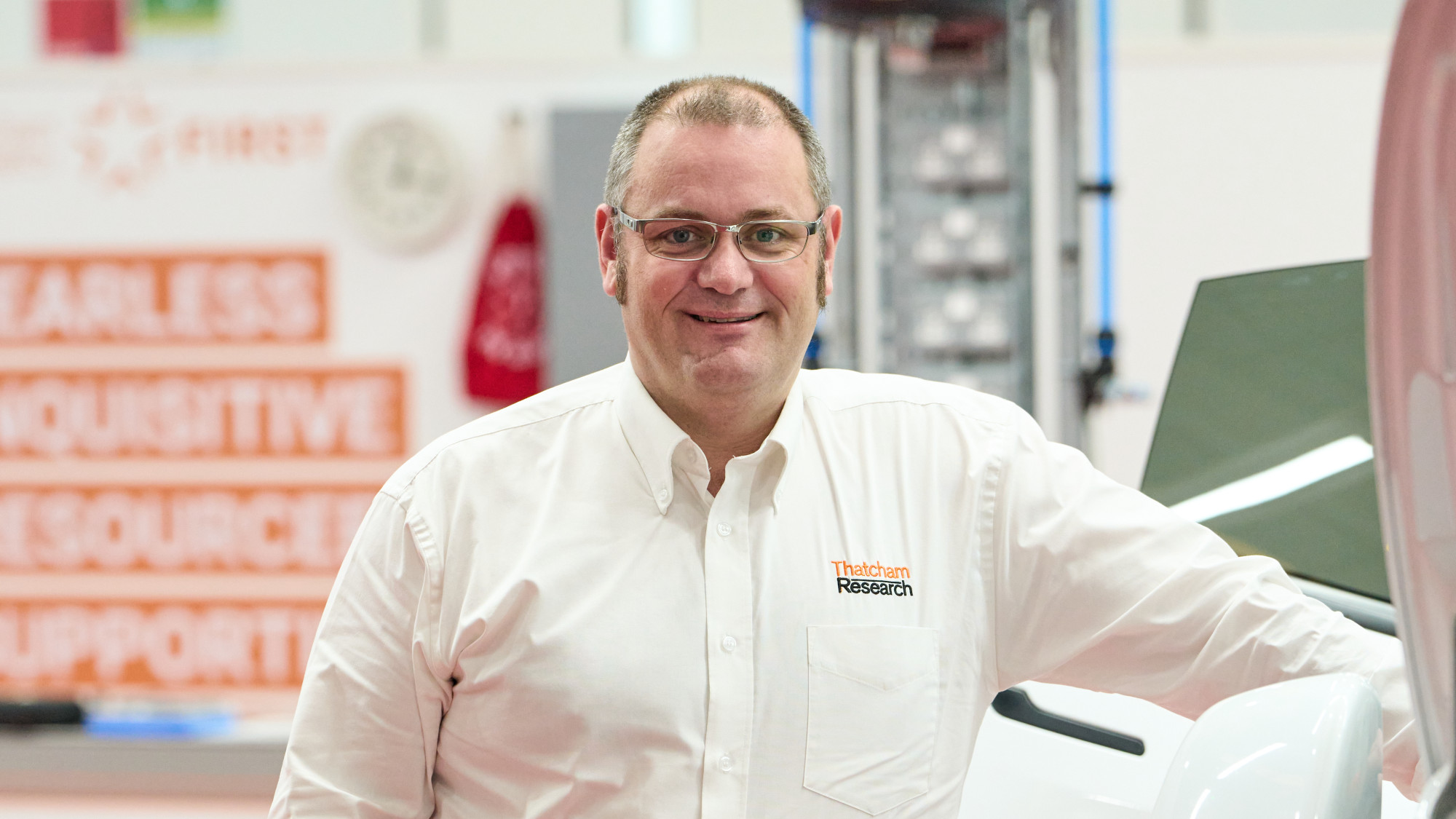Euro NCAP Changes for 2023
The European New Car Assessment Programme (Euro NCAP), which assesses the safety performance of new vehicles entering the European market, is the benchmark for vehicle safety. The testing and performance protocols used in the Euro NCAP are regularly updated to reflect technological advancements in vehicles to ensure they represent the latest and highest safety standards.
The 2023 Euro NCAP protocol, compared to the 2022 protocol, place increased emphasis on the ability of a vehicle to prevent or minimise the outcomes of a crash (active safety), assessing their potential to prevent collisions and protect vulnerable road users. The new protocols also raise the bar for the occupant and vulnerable user protection in the event of a crash (passive safety), and comprehensive post-crash rescue information is now essential to achieve a high Euro NCAP safety rating.
The latest testing evaluates, in more detail, the responsiveness of active safety equipment such as RADAR and LiDAR technology for a broader range of vulnerable road users in real-world scenarios and, for the first time, includes motorcyclists.
"One of the most challenging aspects of collision avoidance is detecting and responding to rapidly approaching motorcycles," explains Tom Leggett, Vehicle Technology Specialist, at Thatcham Research. "Motorcycles often have a small visual profile and can be difficult to identify, especially in complex traffic situations. Vehicles fitted with technology such as LiDAR significantly improve motorcycles' potential detection and tracking, leading to enhanced safety for both motorcycle riders and other road users."
LiDAR explained
LiDAR (Light Detection and Ranging) is a sensing technology which utilises light waves to measure distances. Onboard a road vehicle, LiDAR technology is used to accurately detect and classify objects in real-time, providing a comprehensive understanding of a vehicle's surroundings. With exceptional precision and accuracy, it can detect other vehicles and vulnerable road users, such as pedestrians, cyclists and motorcyclists.
"LiDAR's ability to accurately detect and track objects significantly improves the vehicles collision avoidance performance by providing early warnings to the driver and enabling autonomous emergency braking (AEB) systems to intervene, if necessary," highlights Leggett.
"The integration of LiDAR technology in road cars is not a recent development – LiDAR first appeared in 2008 when Volvo introduced its City Safety system," he continues. "Back then, the LiDAR's only aim was to reduce high-speed front-to-rear collisions with other vehicles and did not detect vulnerable road users. While the initial implementation was limited, recent advancements have propelled LiDAR into the mainstream of automotive safety systems."
NIO EL7
The NIO EL7 (European variant of the NIO ES7) was one the first vehicles to undergo the 2023 Euro NCAP Active Safety scenarios – Car-to-Motorcycle, Car-to-Car Crossing, Car-to-Car Head-on, Dooring, and Driver State Monitoring. The EL7 is equipped with NIO's Aquila sensor suite, featuring 33 high-performance sensing units, including an ultralong-range high-resolution LiDAR, seven 8MP high-resolution cameras, four 3MP light-sensitive cameras, and one ADMS (Advanced Driver Monitoring System), five millimetre-wave radars, 12 ultrasonic sensors, GPS, IMU, and V2X.
The EL7 performed well across most testing environments in the 2023 Euro NCAP tests and set the benchmark for other vehicles. "The car demonstrated its LiDAR-based technology has high-fidelity performance in avoiding ever-increasing complex crash types," says Leggett.
"However, the Car-to-Car Crossing at higher speeds and Car-to-Motorcycle Crossing proved too challenging for the active safety systems to achieve the highest grade. Additionally, the EL7 only performed 'marginal' in detecting a child running out from behind parked vehicles, cyclist dooring and turning across a path of a motorcycle and was graded 'poor' for AEB engagement when approaching a car head-on, highlighting that having lidar fitted does not necessarily mean flawless AEB performance."
By evaluating the responsiveness and effectiveness of active safety systems in detecting other vehicles and vulnerable road users, Euro NCAP's protocol incentivises vehicle manufacturers to integrate high-performance active safety technology such as LiDAR into their vehicles.
The 2023 Euro NCAP tests serve as a catalyst for the widespread adoption of such technology and promotes the development of more advanced and robust systems.
Future Possibilities and Calibration Challenges
As vehicle sensor technology continues to evolve, the automotive industry is exploring its full potential. The most advanced LiDAR systems have the capability to detect lane markings, read road signs, and even identify road hazards like potholes, and so will play a critical role in enabling automation, allowing vehicle manufacturers to turn on autonomous functionality when legislation/technology performance allows.
However, despite the promising capabilities of LiDAR integration, it comes with challenges. "An autonomous vehicle would need to have an extremely accurate and real-time picture of the world around it in order to piece together decision-making and action processes close to the level of complexity that a human can manage," highlights Leggett. "This is especially true in urban environments, where the vehicle encounters a variety of vehicles and vulnerable road users moving in many different directions and speeds in real-time. The current technology is some way off being able to do that at the high fidelity needed for it to be consistently safe."
Furthermore, the calibration of LiDAR sensors, especially in conjunction with other sensors like cameras, remains a crucial and significant challenge for the vehicle repair industry. "Car makers and sensor manufacturers are actively working on calibration procedures to ensure the accuracy and reliability of LiDAR systems across various vehicle models," explains Leggett. "However, the number of qualified personnel available to service this equipment isn't appropriate for the technology to become rapidly widespread."
"Additionally, the cost of sensor arrays that include LiDAR can influence the total cost of ownership of vehicles equipped with this technology as the insurance premiums for owners will have to factor in the array's vulnerability, calibration and component cost when assessing the vehicles insurance risk."
NIO is one of the first manufacturers, along with Volvo and its EX90, to mount its LIDAR sensor array on the car's roof above the windscreen in what NIO calls the watch-tower position. That enables the sensor to operate over a long-range, aiding performance at high speed by offering a better view of the road ahead while being significantly less vulnerable to damage in road incidents.
With active safety systems such as LiDAR playing an increasingly vital role in safety evaluations like Euro NCAP tests, the automotive industry is taking significant strides toward making roads safer for all users. Including more stringent testing of active safety technology in the safety assessments reflects a recognition of technology's pivotal role. As LiDAR and related technology continue to advance, the industry can expect even more significant innovations and improvements, further solidifying its position as a cornerstone of automotive safety in the years to come.
